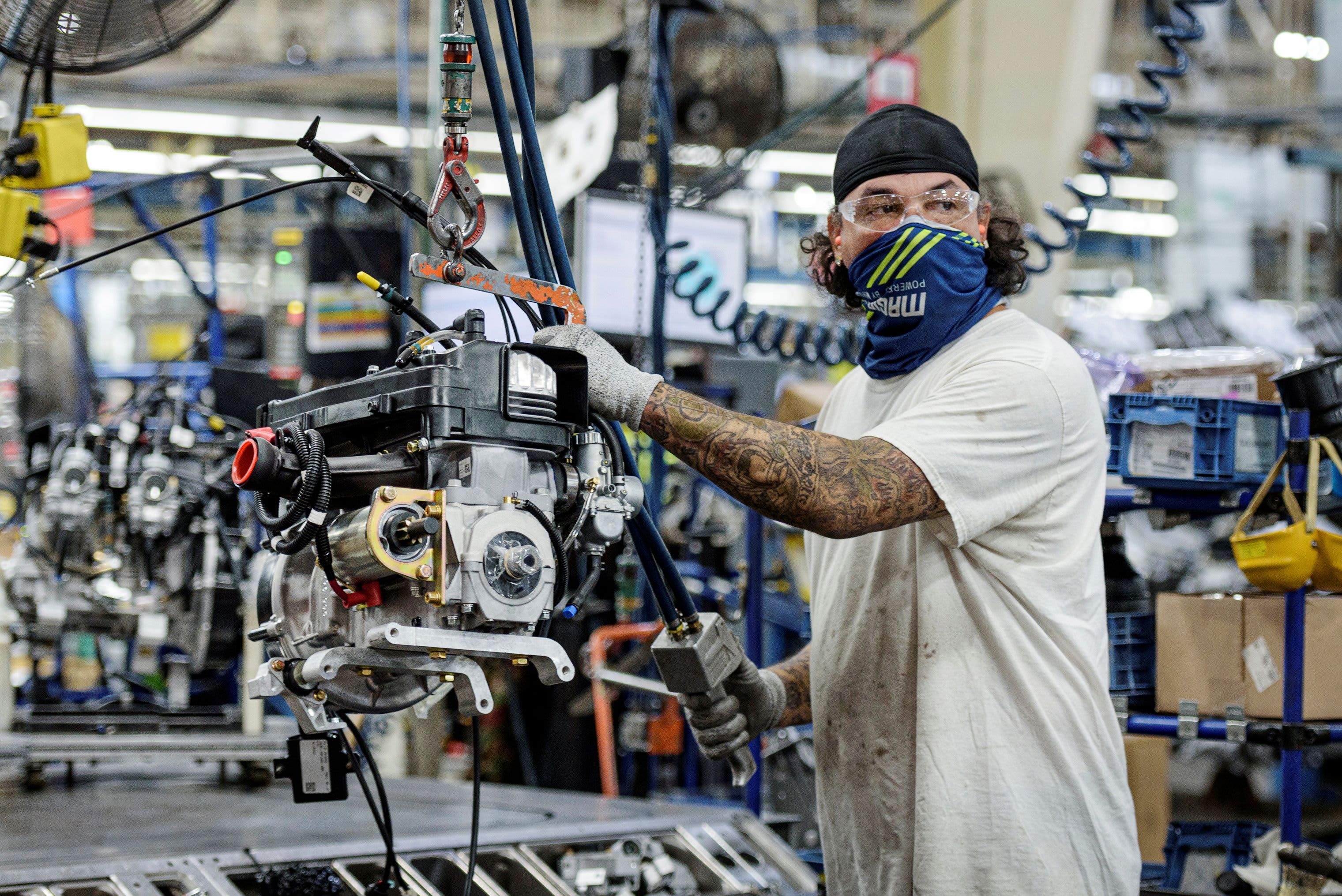
The U.S. economy added far fewer jobs than expected in December just as the nation was grappling with a massive surge in Covid cases, the Labor Department said Friday.
Nonfarm payrolls grew by 199,000, while the unemployment rate fell to 3.9%, according to Bureau of Labor Statistics data. That compared to the Dow Jones estimate of 422,000 for the payrolls number and 4.1% for the unemployment rate.
Stock market futures moved lower following the report, while bond yields were in positive territory though off their highs of the morning.
Job creation was highest in leisure and hospitality, a key recovery sector, which added 53,000. Professional and business services contributed 43,000 while manufacturing added 26,000.
The unemployment rate fell to a fresh pandemic-era low and near the 50-year low of 3.5% in February 2020. That decline came even though the labor force participation rate was unchanged at 61.9% amid an ongoing labor shortage in the U.S.
A more encompassing measure of unemployment that includes discouraged workers and those holding part-time jobs for economic reasons slid to 7.3%, down 0.4 percentage points.
Average hourly earnings rose more than expected as the U.S. sees its fastest inflation pace in nearly 40 years. Wages rose 0.6% for the month and were up 4.7% year over year. That compares to respective estimates of 0.4% and 4.2%.
While the establishment survey showed much lower than expected job gains, the household count told a different story, with a gain of 651,000. There also were upward revisions for prior months, with the final October tally pushed up to 648,000, an increase of 102,000, while November’s disappointing report gained 39,000 in its first revision to 249,000.
The data left the total employment level still 2.9 million shy of where it stood in February 2020, prior to the pandemic declaration. The labor force participation rate is 1.5 percentage points lower, representing a workforce decline of nearly 2.3 million for the period. There were nearly 4 million more jobs than there were unemployed workers through November.
Other sectors seeing job gains included construction (22,000), transportation and warehousing (19,000) and wholesale trade (14,000).
The numbers come at a crossroads for the U.S. economy as more than half a million Covid cases per day, many related to the omicron variant, threaten to stall an economic recovery that looks to accelerate in 2022.
While growth decelerated through the summer, economists expect that GDP rose sharply at the end of the year, with the Atlanta Fed tracking 6.7% growth. Federal Reserve officials have been watching the data closely.
The central bank has indicated it will begin slowing the help it has been providing the economy since the pandemic began.
Friday’s report covered the week including Dec. 12, which came before the worst of an omicron spike that began heading into Christmas.
This is breaking news. Please check back here for updates.




